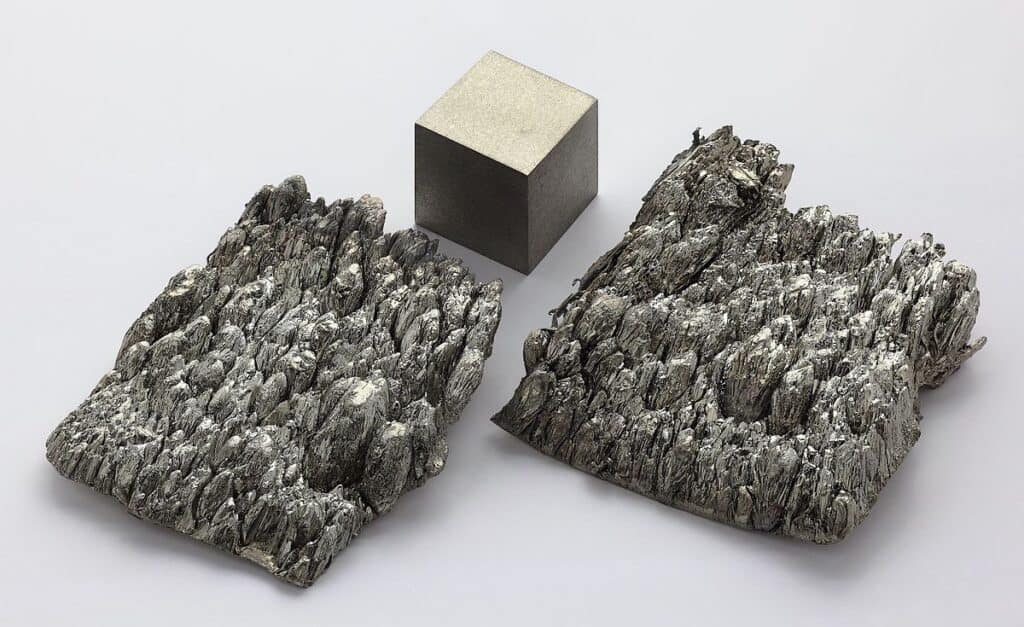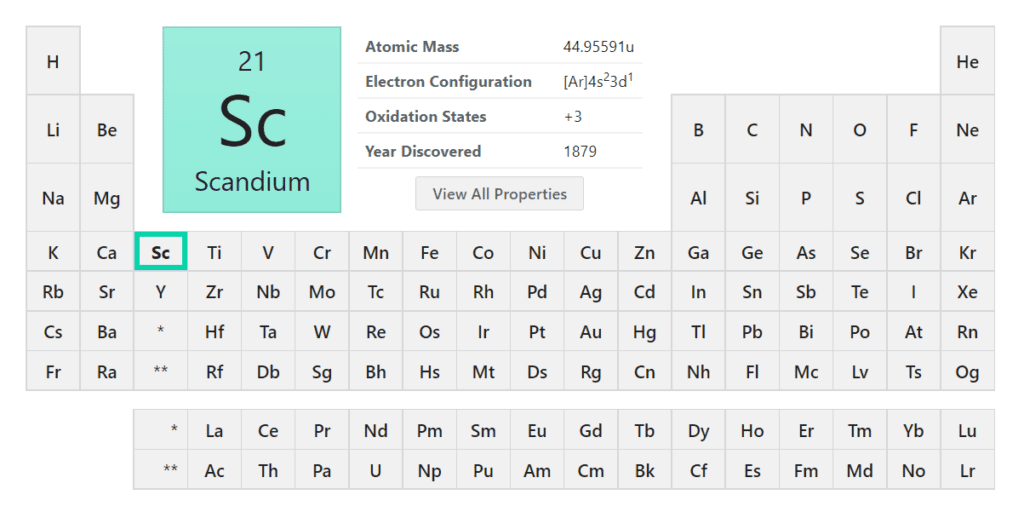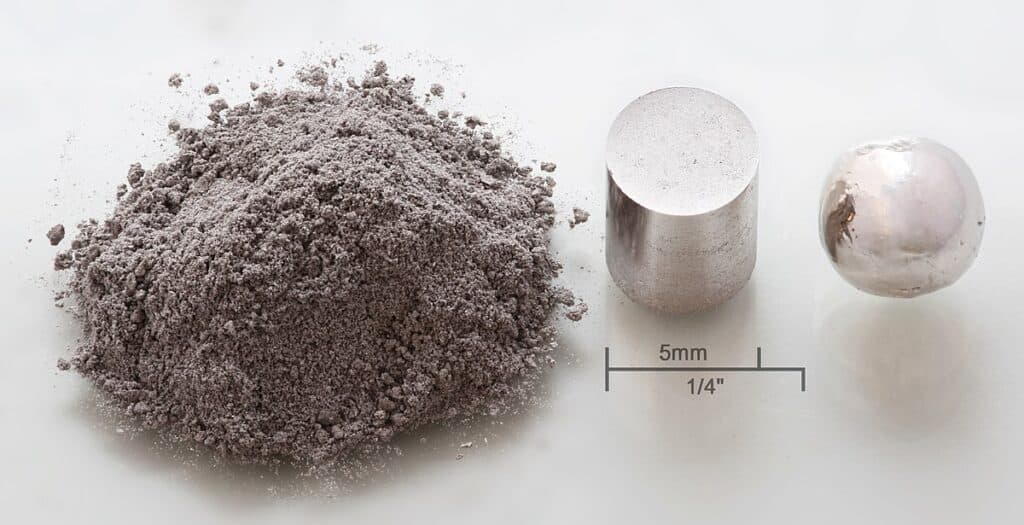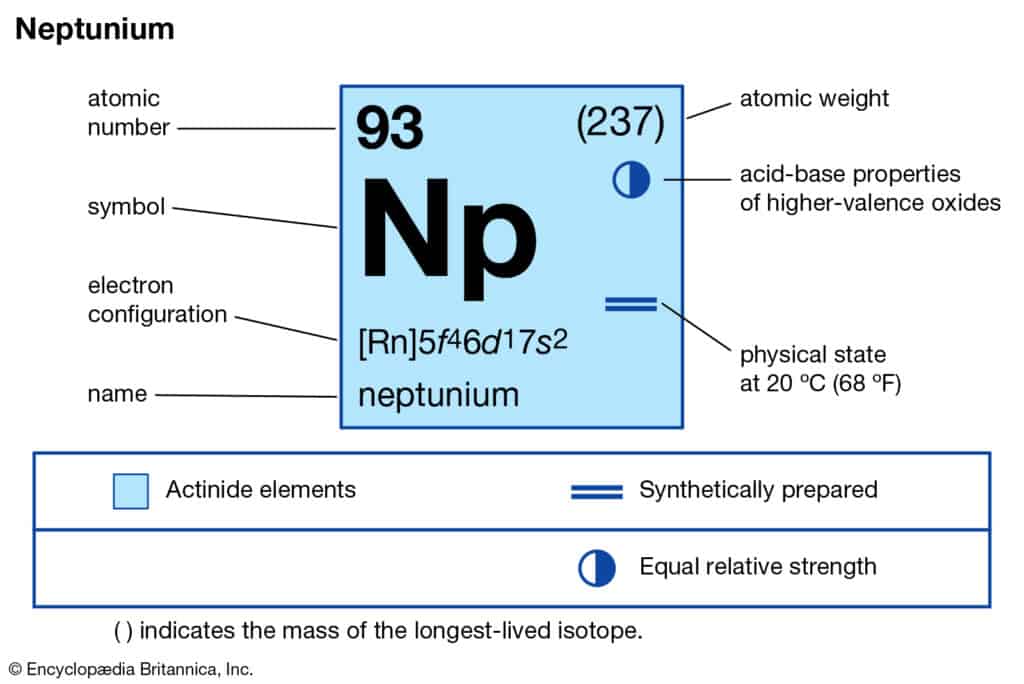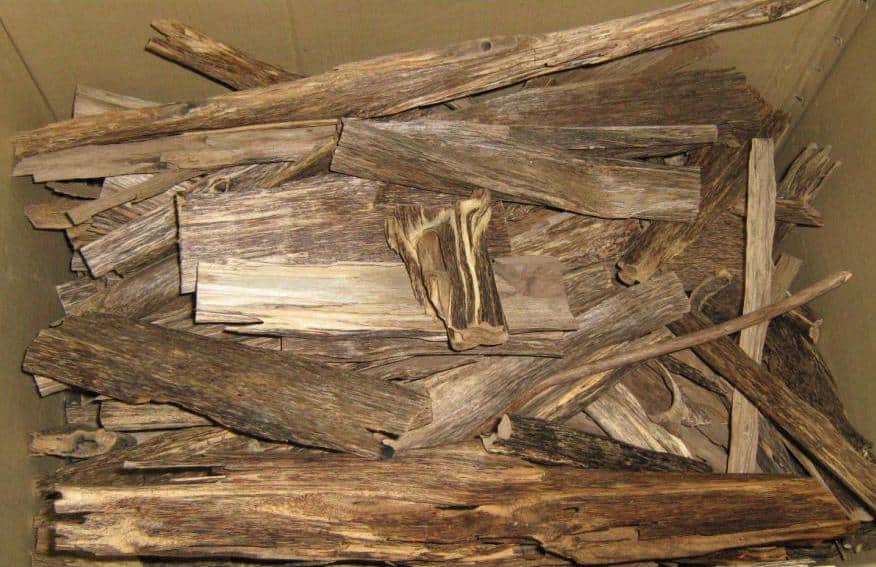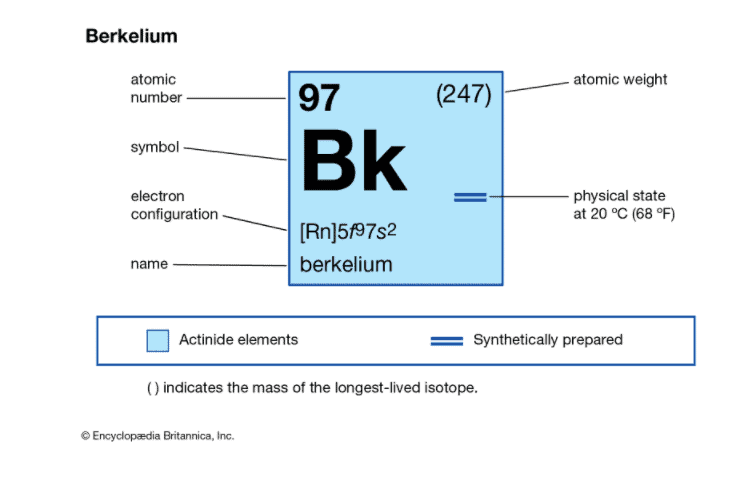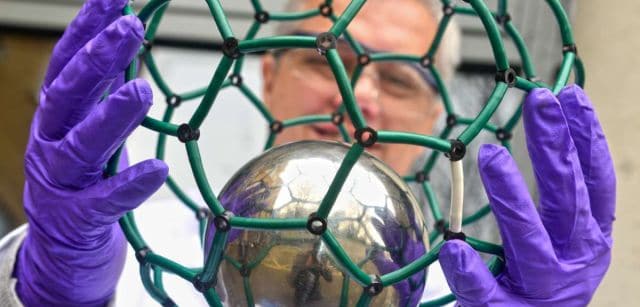“Material” can mean a lot of things. Wood is probably the most widely understood material — it’s been used to build civilizations for longer than recorded history — but other things like wool are also materials. Making things more complicated, all these materials can be broken down to reveal even more materials!
Take wood, for example. Although it’s a material in and of itself, wood can be analyzed to reveal the chemicals that form it. You guessed it, those chemicals are also materials.
Adding to the confusion, the chemicals that make wood can’t be strictly defined by species or even a given tree — and the same goes for wool. Although you could find similarities between different material samples, things like environmental and genetic factors influence each material’s final makeup.
Basically, materials are made of other materials and those materials are pretty hard to study. It’s kind of a mess.
So what does all this mean for the price of materials? Put simply, all the confusing factors that influence materials mean some of them are rare while others are common. And as with most things, it’s the rare ones that are the most expensive.
Just how expensive? Find out with this list.
- Scandium
- Rhodium
- Neptunium
- Agarwood
- Rhino Horn
- Berkelium
- Endohedral Fullerenes
- Antimatter
Other Name: Atomic #21
Scientific Fact: Scandium was discovered in 1879
What It’s Used For: Scientific research

photo source: commons.wikimedia.org

photo source: pubchem.ncbi.nlm.nih.gov
Scandium is an elemental material discovered by Lars Frederik Nilson in the late 1800s. Nilson was a Swedish chemist looking into gadolinite and euxenite, two rare earth materials. During that research, Nilson came across scandium (also known as atomic #21).
Scandium is a metallic, silvery-white material known for its lightweight and high melting point. These characteristics make it a potentially useful material for space travel — but the price makes it a little unattainable. A single gram of this stuff goes for $270 (that’s $122,500 per pound).
Did you know?
This material is sometimes compared to aluminum, a similarly lightweight metallic material. However, aluminum’s melting point stands at 1220°F while scandium comes in significantly higher at 2806°F.
Other Name: Rh
Scientific Fact: Rhodium is solid at room temperature
What It’s Used For: Catalytic converters

photo source: commons.wikimedia.org
Coming in at number seven is rhodium, a pricey material often used in catalytic converters to reduce toxic vehicle emissions. The material is also known as Rh or atomic #45, both of which refer to its place on the periodic table.
Although rhodium isn’t as rare as other materials on this list, the hard-to-find substance is still nearly impossible to just stumble across — you won’t find this material in your backyard. Only professionally run mines are likely to find rhodium, and even then it’s pretty hard to track down. As a result, rhodium goes for about $361 per gram.
Currently, rhodium is most commonly used to convert toxic car emissions into safer vapors — but scientists think this rare material has more potential. One study found that the substance could be an important part of storing solar energy, which could be helpful in efforts to produce renewable energy.
Did you know?
Rhodium sales are sometimes tracked by price per troy ounce. A single troy ounce has about 31 grams.
Other Name: Np
Scientific Fact: This material is radioactive
What It’s Used For: Studying chemical reactions

photo source: britannica.com

photo source: livescience.com
Neptunium is an elemental material that was discovered in 1940. The rare material was found by Edwin McMillan and Philip Abelson as they examined uranium at a lab in California. The newly discovered material was named “neptunium” after the planet Neptune since uranium was named after the planet Uranus.
Like other ultra-expensive materials, neptunium doesn’t have a lot of applications outside of scientific study — but it’s not just the price that makes this material hard to use. Neptunium is also radioactive, so handling it can be extremely dangerous. The material is sometimes used to study chemical reactions, but it’s rarely put to work outside laboratories.
Did you know?
Scientists gather neptunium as a by-product of nuclear reactors, but small bits of the material also occur in nature inside uranium ores.
Other Name: Aquilaria malaccensis
Scientific Fact: Agarwood trees are critically endangered
What It’s Used For: Perfume

photo source: commons.wikimedia.org

photo source: hindustantimes.com
Agarwood is a fragrant material commonly used to make perfumes. The pricey wood costs as much as $1,000 per gram — but over-harvesting is making it even more expensive. According to scientists, unsustainable deforestation has made the agarwood tree critically endangered — it could go extinct if harvesting practices don’t change.
Agarwood is natively found in the Northeastern region of India and other parts of Southeast Asia. The tree can grow 40 meters tall (about 131 feet) and is evergreen, meaning it has green leaves throughout the entire year.
Did you know?
Agarwood populations have declined by over 80% over the last 150 years due to unsustainable harvesting.
Other Name: N/A
Scientific Fact: Three species of rhinoceros are critically endangered
What It’s Used For: Disproven “medical treatments”

photo source: worldwildlife.org
Many species of rhinos are almost extinct because of illegal and unsustainable hunting practices. Some rhinos hunters sell the animal’s famous horn on the black market — and they earn thousands of dollars doing so.
Part of the demand for rhino horns comes from medical myths. In Vietnam, some believe powdered rhino horn can cure cancer or even reduce hangovers. These beliefs have been disproven by scientists.
Today, a single gram of rhino horn can sell for as much as $1,000 while a whole horn might go for $300,000.
Did you know?
There are only around 18,000 white rhinos left in the wild.
Other Name: Bk
Scientific Fact: This material was discovered in California
What It’s Used For: N/A

photo source: commons.wikimedia.org

photo source: britannica.com
Berkelium is so rare and expensive that scientists don’t even use it in their labs. The hard-to-find material was discovered in Berkeley, California in 1949 — and not much has happened since. The material doesn’t occur in nature, so it has to be made by humans. However, that process is really complicated and difficult, so it’s not a common practice among the scientific community.
Today, berkelium is the third-most expensive material in the world with a jaw-dropping price tag of about $27 million per gram.
Did you know?
As a non-naturally occurring elemental material, berkelium is known as a “synthetic element.”
Other Name: Endofullerenes
Scientific Fact: This material could help driverless cars work better
What It’s Used For: Scientific study

photo source: arstechnica.com
Coming in at number two are endofullerenes, an extremely important type of material that could be used to make smaller atomic clocks. Current atomic clocks are the size of entire rooms, so shrinking them is super important for further scientific development.
Smaller atomic clocks could be used to help driverless cars work better, but that’s still a ways away since scientists are just scratching the surface of their studies.
So how much does this stuff cost? The price tag comes in at a cool $167 million per gram — that’s more than $4.7 billion per ounce!
Did you know?
One scientist familiar with this material says it’s “the next revolution for mobile” since the material can help make highly accurate GPS systems.
Other Name: N/A
Scientific Fact: Antimatter might be used to power spaceships
What It’s Used For: Scientific study

photo source: space.com
Antimatter is the most expensive material in the world.
At more than $60 trillion per gram, antimatter is by far the most expensive material in the world — and probably the universe. The elusive material is hard to comprehend, but scientists describe it as a substance “composed of subatomic particles that have the…[properties of]…ordinary matter but for which the electric charge and magnetic moment are opposite in sign.”
Although antimatter was created by the Big Bang, it’s incredibly rare in the universe today. Experts aren’t sure why it’s so rare, but they’ve been able to make antimatter using complex machines. Man-made antimatter could be used to power spaceships in the future, but the ultra-expensive material is in the very early stages of scientific study.
You could describe antimatter as “small” since the concept revolves around particles that are entirely invisible to the human eye. As a result, it’s not really possible to have a picture of antimatter — so some scientists reference pictures of the universe to represent the idea of antimatter.
Did you know?
In 1995, the European Council for Nuclear Research (or CERN) became the very first lab to create artificial anti-atoms (a form of antimatter).

